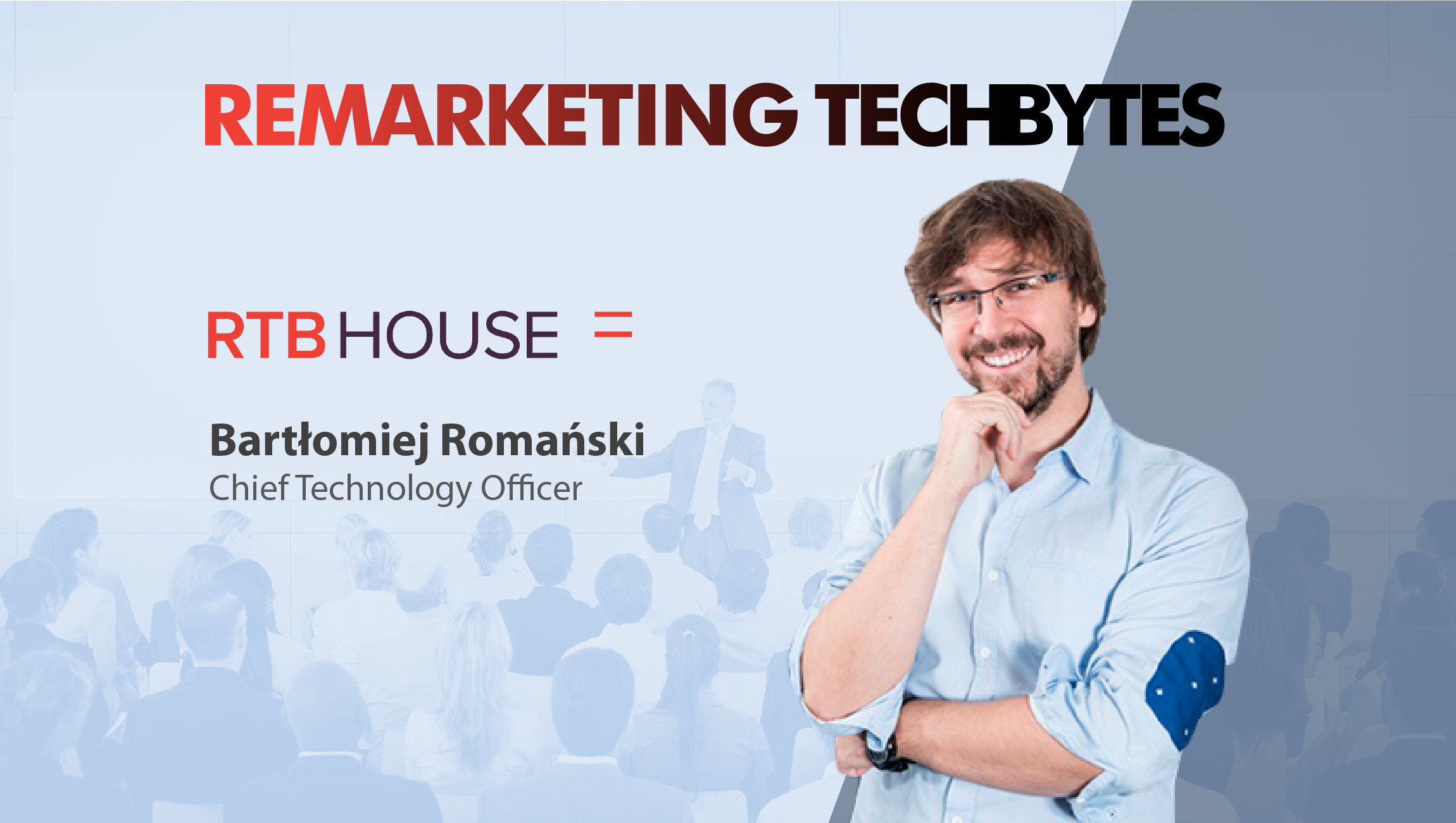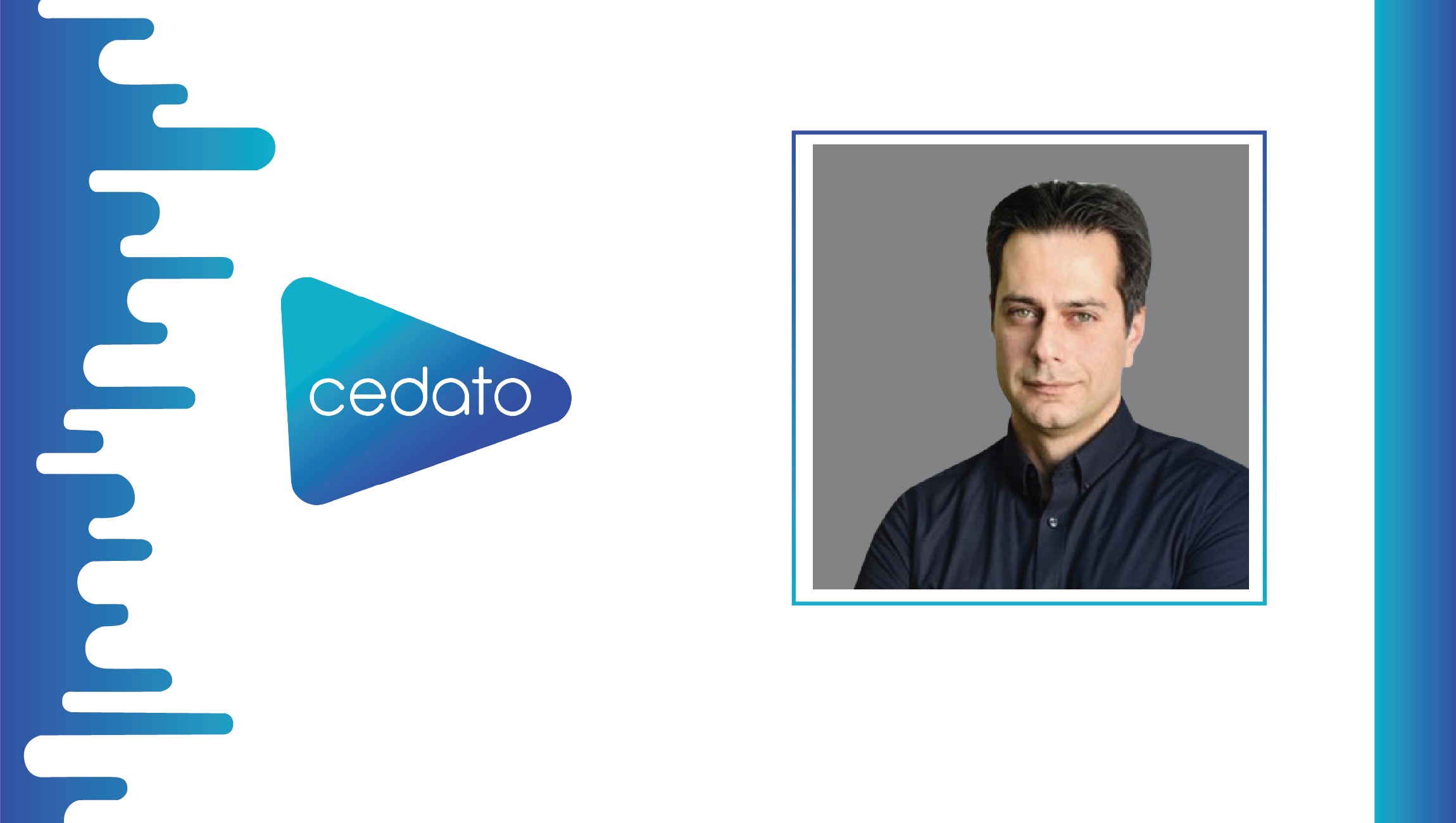Bartłomiej Romański
Chief Technology Officer, RTB House
In November, RTB House, a global retargeting technology provider for top advertisers, announced the release of another deep-learning based breakthrough for marketers, which provides them with an ultra-precise way to estimate potential clicks on ads, yielding stronger ROI.We spoke to RTB House CTO Bartłomiej Romański, to find out the implications of this release.
Html code here! Replace this with any non empty text and that's it.
MTS: Tell us about your role at RTB House and the team you handle?
Bartłomiej Romański: As Chief Technology Officer at RTB House, I am responsible for building and developing our DSP (Demand Side Platform), which is an innovative tool for the buying and optimization of online advertising in the real-time bidding model. I am planning the long-term strategy for the IT department and building the team who is creating our product. Currently, I have 50 programmers on board. In the past year and a half alone we managed to leverage the potential of AI (Artificial Intelligence) and fully implement it into our solution.
By using deep learning technology — processing models inspired by the biological neurons in our brains — we make it possible to get more reliable, richer, machine-interpretable user profiling of customers’ buying potential. With 100 percent of our algorithms based on deep learning components, we bring our clients a new wave of efficiency to their online activities.
We’re taking a note from other industries, like travel, where a long list of metrics are taken into consideration and user purchasing patterns are dynamic and difficult to predict. In such cases, algorithms powered by deep learning can better react to user needs. It’s a vast improvement over other methods typically used in retargeting.
MTS: How does RTB House envision sophisticated remarketing scenarios to ensure full-ROI on personalized marketing?
Bartłomiej: The implementation of deep learning into our technology allowed us to increase ROI for our clients. AI has the capabilities to run and optimize a campaign to achieve the best results. However, sometimes our clients have other goals than just increasing sales, for example boosting traffic on e-store apps or supporting cross-selling efforts. This is where we can provide different scenarios to answer their individual needs.
To give you an example in the fashion industry, we can direct different creatives, messaging and tactics for different categories like women’s clothes or men’s clothes. Here again, travel has many examples of more complicated business strategies.
For example, the client’s first goal is to sell first-class flight tickets, but the second goal is to effectively advertise car rental offers to travelers so they decide to package them together. In these scenarios, we are able to create advanced remarketing frameworks to increase the ROI and secure all other business goals.
Also Read: Dreamforce TechBytes with Dennis Fois, President, NewVoiceMedia
MTS: What are the key components of your Product Recommendations Engine? How does the engine create dynamic personalization based on a user’s impression history?
Bartłomiej: The new recommendation engine is using deep learning to make decisions about what a user is most likely to click on, browse or buy. It is difficult to present all elements which AI is considering while making decisions about what to display and to whom, but to simplify let’s look at the main components.
First, it looks widely on the user behavior in the e-shop. By scanning elements such as views and how much time was spent in different categories etc., it builds individual user buying behavior profiles.
Secondly, the profile is integrated with all the data observing how the user reacted to online ads, such as clicks or product views. Additionally, it uses technology also referred to as computer vision, allowing for automated extraction, analysis and understanding of information from a single image or a sequence of images. It looks for similarities between products researched by potential buyers.
Of significance to mention is that the new product doesn’t need to have buying history to be recommended. The recommendation engine will recognize it and will know that it may be of interest to the customer, and will made a purchase suggestion. Looking at the clicks and traffic from clients, we found that users clicked on ads up to 41 percent more than usual with our new deep learning recommendation engine over the common approach. Growth is noted especially in sectors such as: fashion and multicategory e-shops, where the possibilities to use cross-categories recommendations are almost endless.
Also Read: Dreamforce Techbytes with Joe Hyland, Chief Marketing Officer, ON24
MTS: What’s the next frontier for remarketing platforms in an ecosystem that is driven aggressively by Programmatic + AI technologies?
Bartłomiej: In my opinion, AI is giving us endless possibilities and it will determine all our future efforts. The best example of how much further deep learning can be developed is AlphaGo, the computer program created to win Go, one of the most difficult logic games in the world. The first version of AlphaGo was launched in 2014. In 2016, AlphaGo defeated South Korea’s grandmaster, Lee Sedola. Sedola managed to win only one round. In May 2017, the next win for the program was announced – in a three to zero defeat, AlphaGo triumphed over Chinese grandmaster Ke Jie.
However, all these versions of AlphaGo needed significant human assistance to reach a level that would allow them to defeat the grandmasters. The latest version, AlphaGo Zero practiced playing from the beginning alone, omitting the human factor. In this way, the program quickly surpassed the level of human players and defeated the previous version of AlphaGo 100 to 0. Imagine what it could signify for our industry and how much we can enhance our technology powered by AI. For this reason, we have focused our efforts to be one of the first retargeters to use 100 percent deep learning technology. We are excelling in the space and are continuing our focus on increasing the effectiveness.
MTS: What would Performance Marketing objectives look like in 2020, as remarketing platforms promise to deliver high-campaign ROI on every device?
Bartłomiej: I would say that in the near future we can focus on improving the dialogue between robots and humans. By looking to the use the data available online, our technology will be able to precisely understand users and answer their needs. This will make online shopping more user-friendly and faster. Imagine that someone is browsing for a new TV. AI will make recommendations that the customer has never seen before, but that still have the features required. Isn’t this better than spending hours on research, finding the best offer and then considering the purchase decision?
MTS: Thanks for chatting with us, Bartłomiej.
Stay tuned for more insights on marketing technologies. To participate in our Tech Bytes program, email us at news@martechseries-67ee47.ingress-bonde.easywp.com











